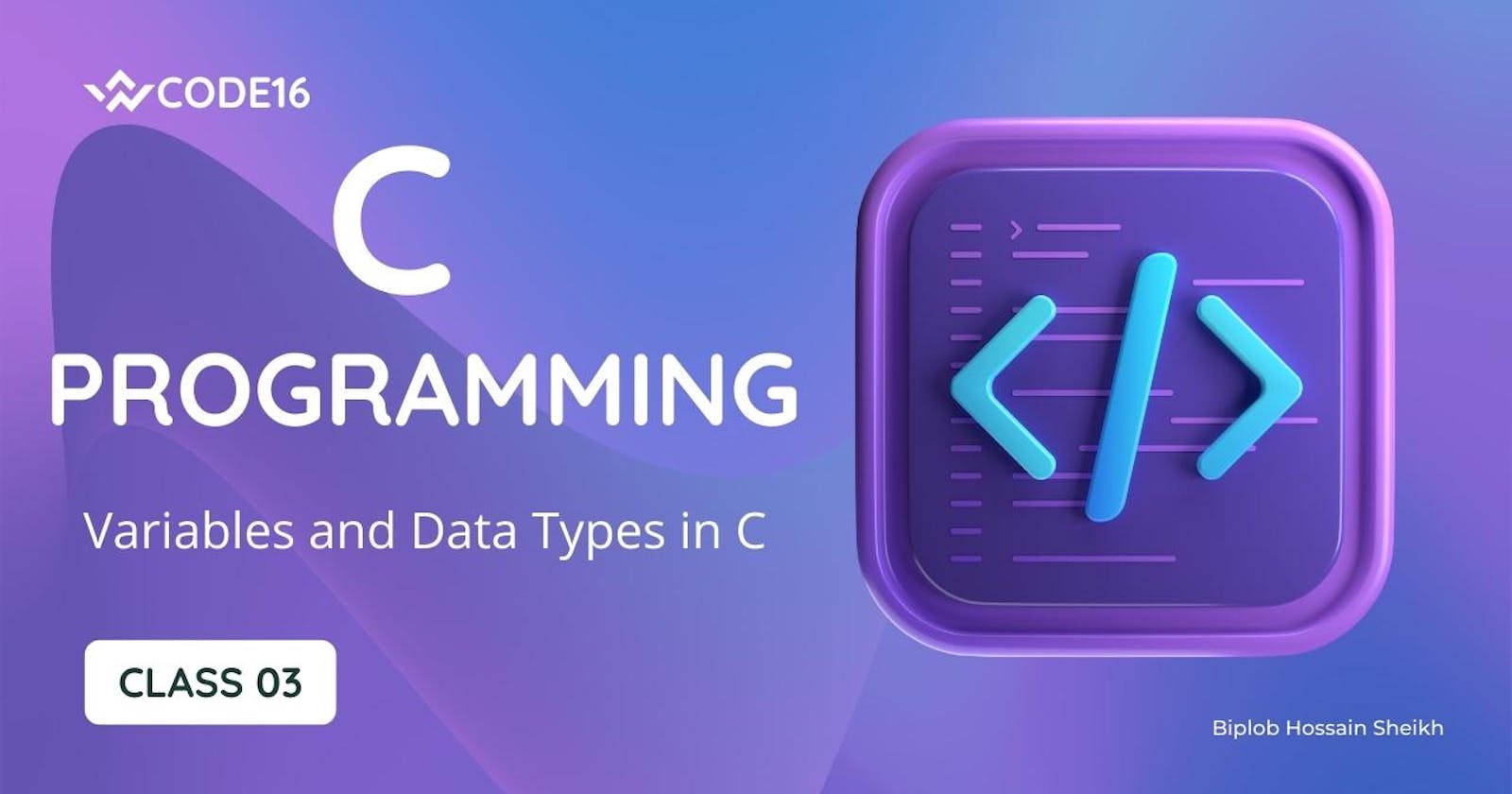Variables, Data Types, sizeOf, Typecasting, Precedence and associativity, and Arithmetic Operators
C programming is a powerful and widely used language known for its efficiency and flexibility. To become proficient in C, it's essential to understand its core concepts, including variables, data types, sizeOf, typecasting, precedence and associativity, and arithmetic operators. In this article, we'll explore these fundamental elements of C programming, providing clear explanations and examples.
Variables and Data Types
Variables
A variable in C is a named storage location in memory, used to store data that can be manipulated during program execution. Variables have a data type associated with them, which defines the type of data they can hold. In C, variable names consist of letters, numbers, and underscores, with some rules to follow:
Variable names are case-sensitive.
They must begin with a letter or underscore.
Variable names can contain letters, digits, and underscores.
Here's an example of variable declaration:
int age;
In this example, we declare an integer variable named age.
Data Types
C offers various data types to accommodate different kinds of data. Common data types include:
int: Used for integers.
float: Used for single-precision floating-point numbers.
double: Used for double-precision floating-point numbers.
char: Used for characters.
short and long: Used for integers with different ranges.
int num = 42;
float pi = 3.14159;
char grade = 'A';
Data types also have specific sizes, which may vary depending on the platform and compiler. Here are the sizes of common data types:
int: Typically 4 bytes.
float: Typically 4 bytes.
double: Typically 8 bytes.
char: Typically 1 byte.
short: Typically 2 bytes.
long: Typically 4 or 8 bytes, depending on the system.
Variables Naming Conventions
While naming variables, it's essential to follow naming conventions to ensure code readability. Common naming conventions include:
Use meaningful names: Choose names that describe the purpose of the variable.
Use lowercase letters: Variable names are typically written in lowercase, with words separated by underscores (e.g.,
average_score).Avoid special characters: Stick to letters, numbers, and underscores in variable names.
Be consistent: Follow a consistent naming style throughout your codebase.
sizeof Operator
The sizeof operator in C is used to determine the size (in bytes) of a data type or a variable. It is a valuable tool for understanding memory allocation and managing data effectively.
int size = sizeof(int);
printf("Size of int: %d bytes\n", size);
Typecasting
Typecasting is the process of converting one data type into another. It's useful when you want to perform operations on variables of different types or need to ensure a specific data type for a calculation.
Implicit Typecasting
Implicit typecasting, or automatic type conversion, occurs when the compiler automatically converts a lower data type to a higher one during an operation. For example:
int a = 5;
float b = 2.5;
float result = a + b; // a is implicitly cast to a float
Explicit Typecasting
You can explicitly specify the typecasting using casting operators. The most common ones are:
(int)for integer casting(float)for floating-point casting(char)for character casting
double x = 3.14159;
int y = (int)x; // Explicitly cast double to int
Precedence and Associativity
In C, operators have a precedence and associativity that determines the order in which operations are evaluated.
Precedence
Precedence defines the priority of operators. Higher precedence operators are evaluated before lower precedence ones. For example, multiplication has a higher precedence than addition.
int result = 2 + 3 * 4; // Multiplication has higher precedence
Associativity
Associativity determines the order in which operators with the same precedence are evaluated. It can be left-to-right or right-to-left.
int result = 10 - 5 - 2; // Left-to-right associativity
Arithmetic Operators
C provides a set of arithmetic operators to perform mathematical calculations.
+: Addition-: Subtraction*: Multiplication/: Division%: Modulus (remainder)
int a = 10;
int b = 3;
int sum = a + b;
int difference = a - b;
int product = a * b;
int quotient = a / b;
int remainder = a % b;
Understanding these fundamental elements of C programming is crucial for building robust and efficient applications. Variables, data types, sizeof, typecasting, precedence and associativity, and arithmetic operators form the building blocks of C, allowing developers to create a wide range of software solutions. Mastering these concepts is a significant step toward becoming a proficient C programmer, and adhering to naming conventions enhances code readability and maintainability.

